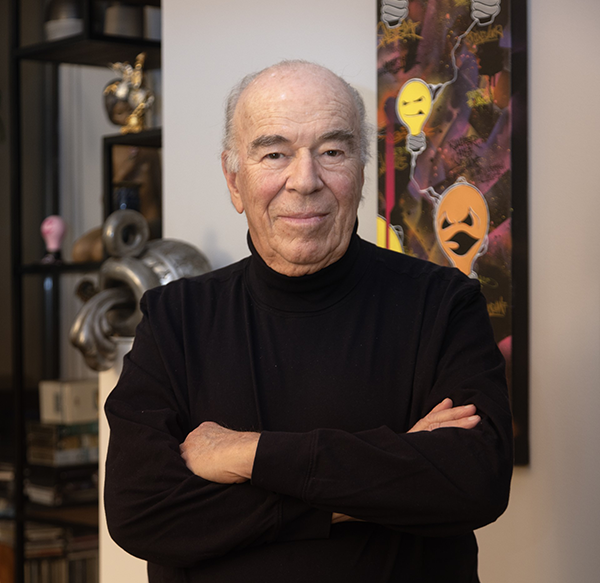Skeleton in Closet After 1821 Execution Is Buried by Family Descendant
It emphatically wasn’t what his parents wanted. But instead of being buried the body of 18-year-old John Horwood was dissected after his 1821 execution for an almost accidental murder of a former girlfriend.
The autopsy was done by Richard Smith, the chief surgeon of Bristol Royal Infirmary in Great Britain, whose operation to relieve the pressure on Eliza Balsum’s skull after she was hit by a “pebble” thrown by Horwood actually resulted in her death, reports the Daily Mail.
Smith, who reportedly served as a prosecution witness at trial, requested Horwood’s body for medical research despite his parents’ objections.
After the dissection, Smith had Horwood’s skin cured and used it to bind a book containing a transcript of Horwood’s trial and the surgeon’s findings. The executed defendant’s skeleton was then displayed in the doctors home and eventually wound up, with a noose around its neck, in a university display cabinet.
When family geneologist Mary Halliwell, 67, found letters from his parents pleading for him to be buried, she tracked down the skeleton, proved that she is the great-great-great granddaugther of the executed man’s brother and was declared the owner of John Horwood’s remains.
This week, his skeleton was carried in a casket by pallbearers to a traditional church funeral attended by 50 mourners and was buried in the Hanham village graveyard.
“My wish was to lay him to rest as his parents wanted, and for him to be buried in a dignified way,” says Halliwell. “It will give me peace of mind that I have put closure to it.”



